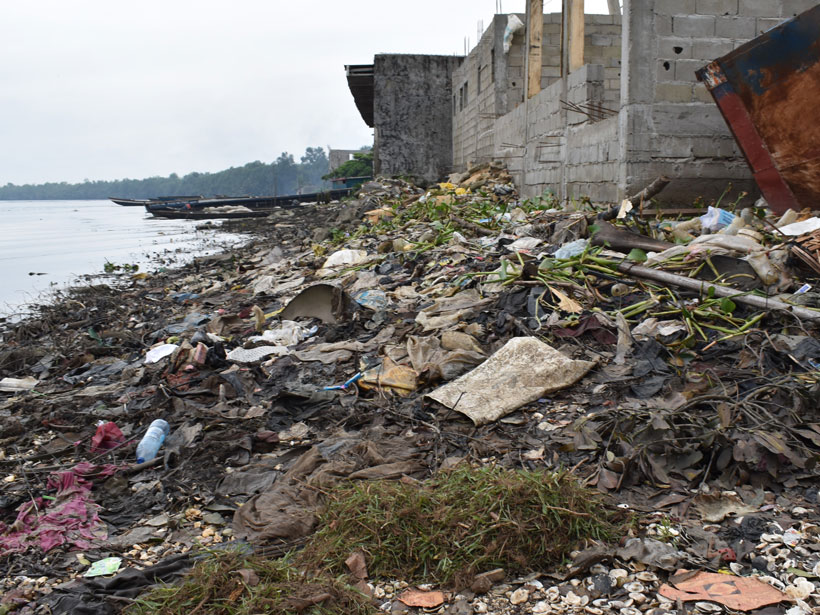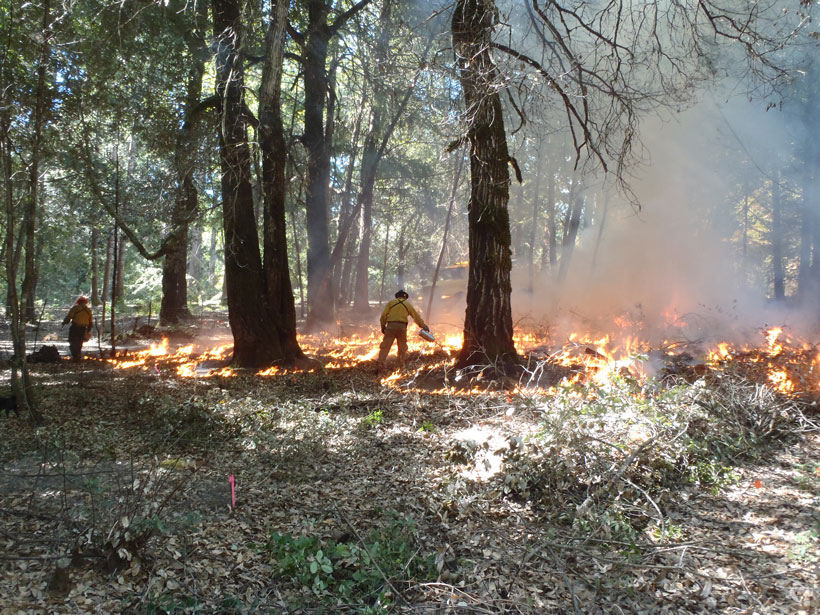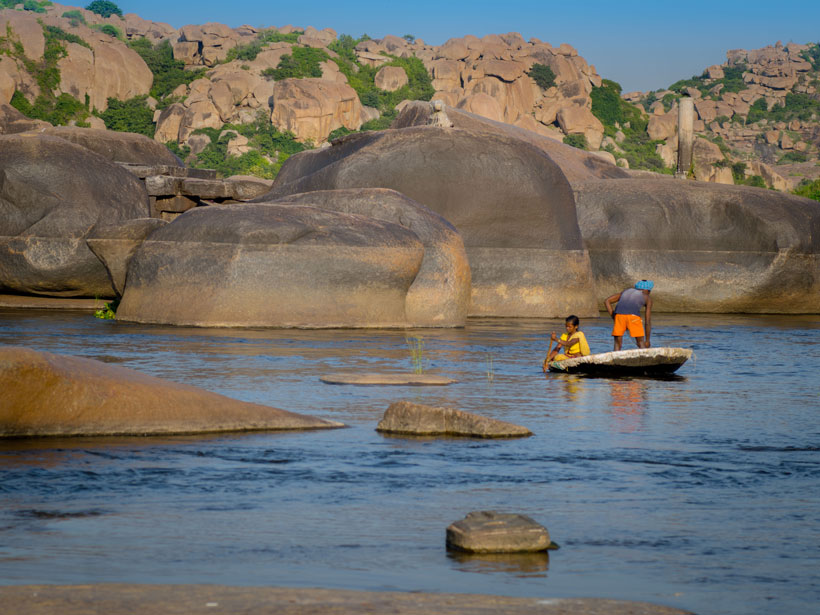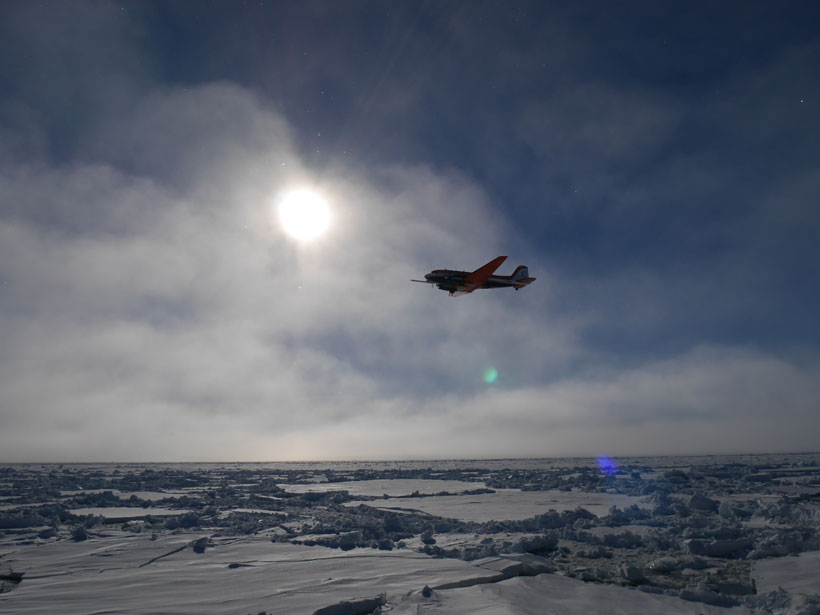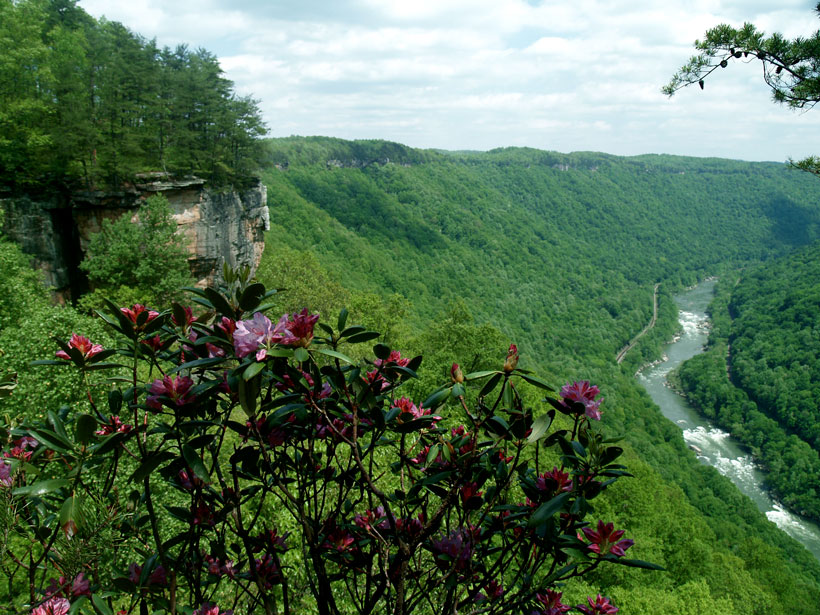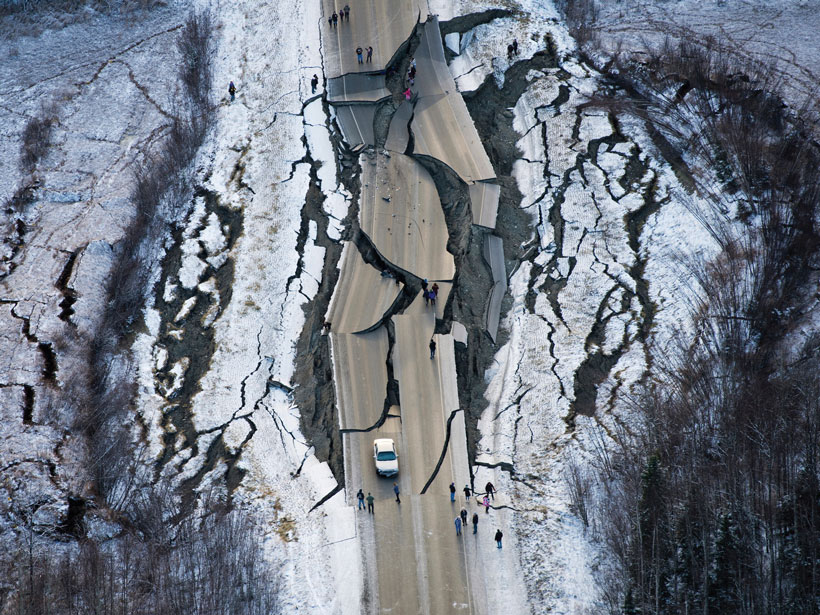Tree lovers are hunting down the cause of arboreal deaths—and may remake the regional energy system in the process.
Features
Growing Equity in City Green Space
City residents don’t all have the same access to the benefits of green space. Addressing that inequity requires community engagement at every stage from planning to development to management.
Changing the Culture of Fieldwork in the Geosciences
The need to address harassment in field campaigns is growing more urgent. A new workshop provides scientists with a broad set of tools to create more inclusive, safe, and functional field teams.
Cameroon’s Mangrove Forests Are Choking on Plastics
Rapid urbanization and insufficient waste management are threatening the environmentally and culturally vital Wouri Estuary. Solutions are needed to save these and other mangroves around the world.
Fire as Medicine: Learning from Native American Fire Stewardship
For centuries, Indigenous peoples have worked to live in harmony with fire. Can integrating such cultural practices into contemporary wildfire management help prevent catastrophic wildfires?
Cratons, Why Are You Still Here?
How have these continental relics from Earth’s early history survived the plate tectonic mixing machine?
Glimpsing the Ins and Outs of the Arctic Atmospheric Cauldron
Specially equipped aircraft will follow air masses into and out of the Arctic, observing their transformations and improving our knowledge of the Arctic climate and its global influence.
The New River Gorge: Ancient River, Old Mines, New National Park
Living in Geologic Time: Regrowth and resiliency bring new accolades to one of the world’s oldest rivers.
Dangerous Heat, Unequal Consequences
How two neighborhoods in Arizona and Florida became hot spots for sickening heat.
Where Do People Fit into a Global Hazard Model?
By incorporating human systems, scientists are modeling geohazards with equity in mind.




